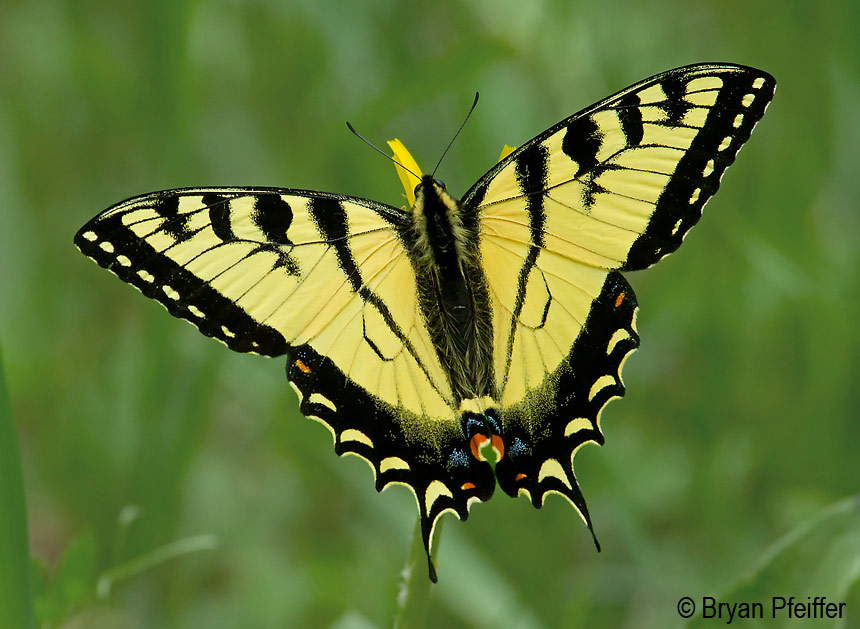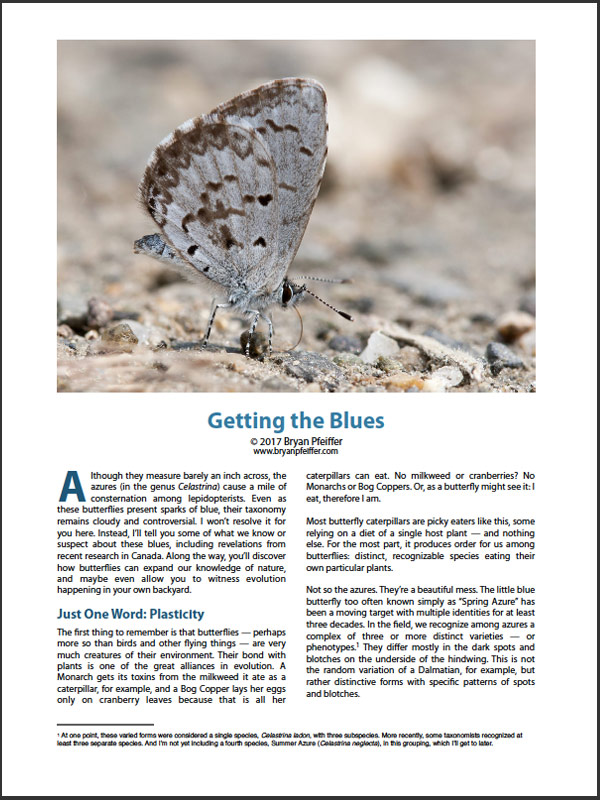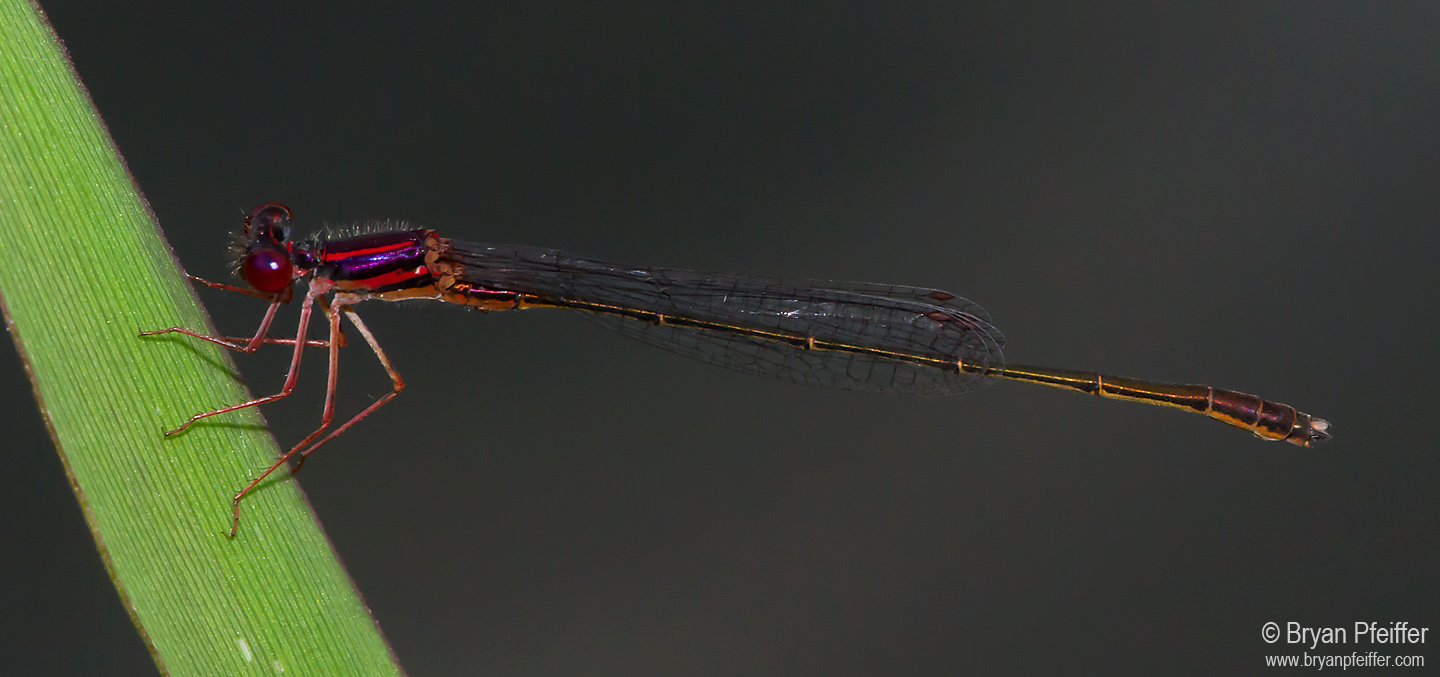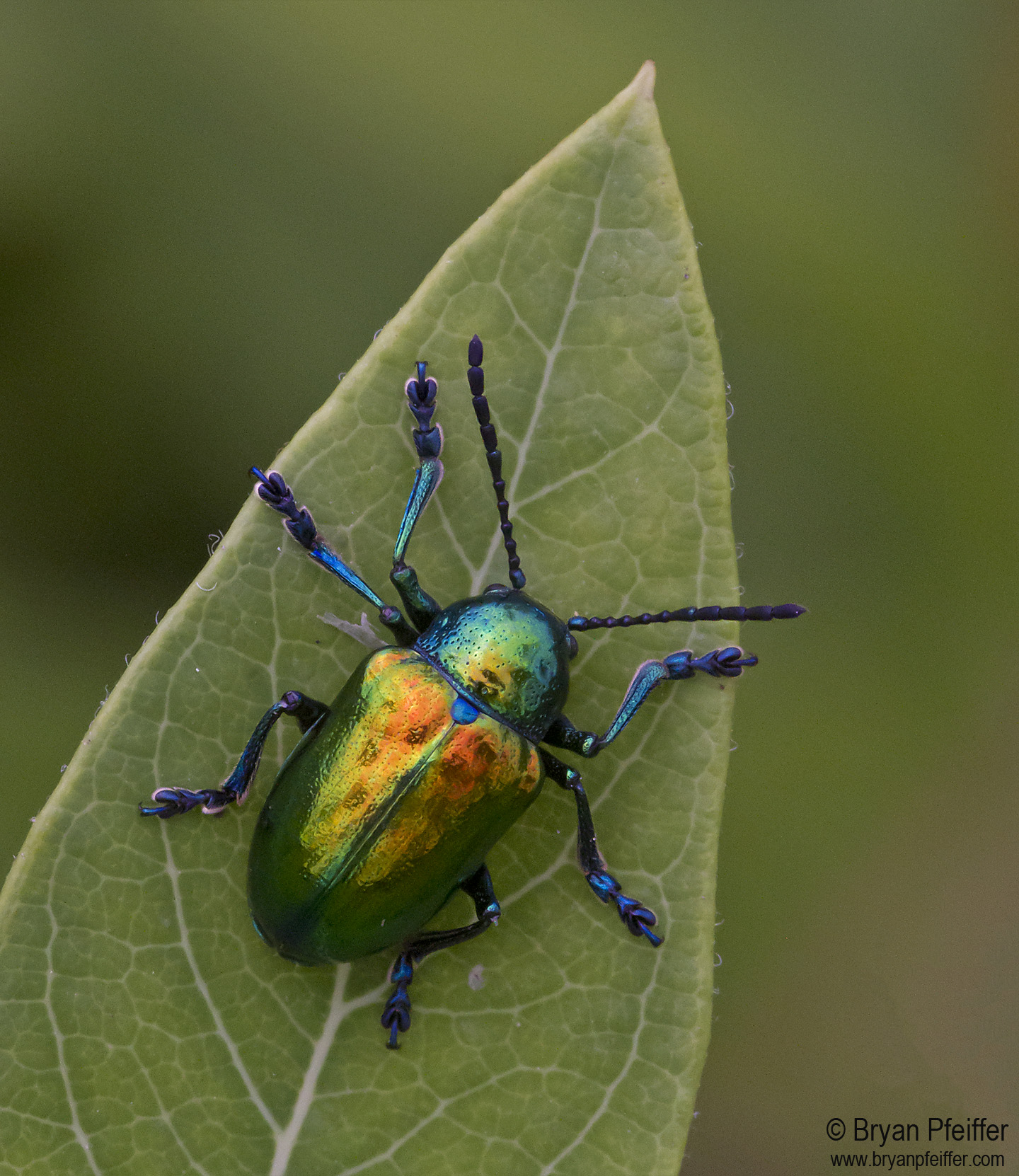Insect Alerts

Canadian Tiger Swallowtail / © Bryan Pfeiffer
GET YOUR BUZZ ON Monday, June 19, starting at noon when my colleague Kent McFarland and I appear live for Vermont Public Radio’s annual insect show. We’ll speak for the spineless (invertebrates) with Jane Lindholm, and take your questions on the air. I’ll include a link to the show here after it airs.
 Meanwhile, earlier this month I wandered wetland, ponds and rivers in Virginia during the annual meeting of the Dragonfly Society of the Americas. Our idea of a meeting is a day inside with social and scientific presentations and Society business, and several days outside running around with nets and cameras. One highlight of my trip, among many, was Burgundy Bluet (Enallagma dubium), pictured below. That damselfly looks like candy.
Meanwhile, earlier this month I wandered wetland, ponds and rivers in Virginia during the annual meeting of the Dragonfly Society of the Americas. Our idea of a meeting is a day inside with social and scientific presentations and Society business, and several days outside running around with nets and cameras. One highlight of my trip, among many, was Burgundy Bluet (Enallagma dubium), pictured below. That damselfly looks like candy.
Finally, I’ve drafted a synopsis (okay it’s 2,600 words) on the status of the little blue butterflies we commonly call “Spring Azures” here in New England and nearby Canada. Although they measure barely an inch across, the azures have caused a mile of consternation among lepidopterists and other folks who pursue and love butterflies.
I don’t claim for a minute to be an authority on these butterflies. But even if you don’t run around with a net, this informal manuscript, which I’ve titled “Getting the Blues,” might reveal to you how butterflies expand our knowledge of nature and maybe even allow you to witness evolution happening in your own backyard. By the way, the paper is still in need of some peer review — so please peer at it, review it and send me comments (be cruel).
Okay, on to your damselfly. And for good measure, I’ve included a Dogbane Leaf Beetle (Chrysochus auratus) hanging out on — you guessed it — a dogbane leaf. Another candied insect.


Dogbane Leaf Beetle / © Bryan Pfeiffer

Hi Bryan,
I read the whole “Getting the Blues”. How I love a good science-based article with philosophical overtones. You do it so right. This reviewer says you are without peer. I can’t wait to look more closely at azures that cross my path.
I’m becoming more aware of how house wren vocalizations and behaviors change from nesting through fledging. Fascinating!
Which brings me to frog behavior. My daughter-in-law, Dr. Lisa Mangiamele of Smith College, studies frogs. Her research frogs live where the flow of water is too noisy for frogs to communicate vocally…so they wave their feet. The more testosterone in the males, the more foot-flagging behavior occurs. Cool, no?
Happy summer hunting to you.
Judy